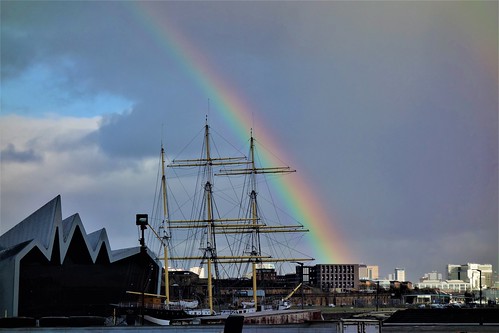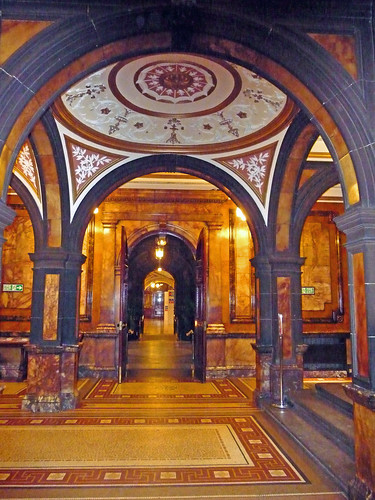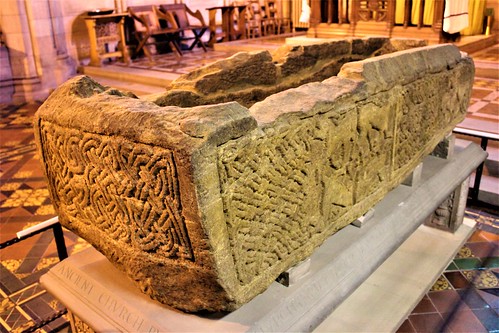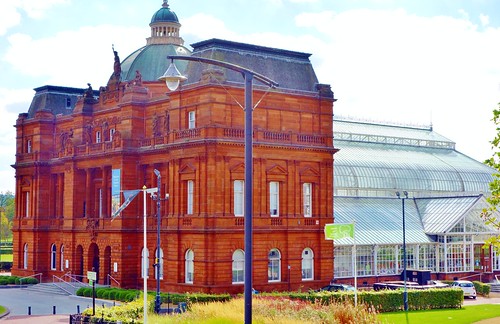Glasgow
Glasgow is located on the banks of the River Clyde in the South West of Scotland. The city is Scotland’s largest with a population of about 600,000 and a history dating back about 1500 years to the time of St. Mungo, the Patron Saint of Glasgow.
Transport infrastructure is extensive and includes an international airport, railways and buses.
The city’s early prosperity arose from tobacco trading in the 18th century and then moved on to heavy manufacturing, notably shipbuilding, and other trading activities which generated substantial wealth and led the city to aspire to status as ‘second city of the (British) empire’. Benefiting from this long history and heritage coupled with modern architecture and a vibrant culture Glasgow has much to offer the visitor.
Heritage and sightseeing options.
Visitors could consider using the numerous hop-on-hop-off sightseeing buses which offer good value and cover all the main sites.
Check websites of sites listed for access and tour details.
- Glasgow Cathedral: Built on an early Christian site, possibly dating back to the 6th century which is associated with the legend of St. Kentigern aka St. Mungo. The Cathedral dates from the 13th century and survived the 1560 Reformation relatively intact. Cathedral staff are on hand to provide guided tours. Close by, on opposite side of the road, is Provand’s Lordship, Glasgow’s oldest house dating from 1471. This is now a museum and open to to visitors.
- Glasgow Necropolis: This is a 19th century burial ground close to the Cathedral which houses the remains of some 50,000 persons. The Necropolis is famous for its collection of elaborate monuments and mausolea which commemorate the wealthy and administrative elite of Victorian Glasgow. Consider also the Southern Necropolis, close to the Gorbals area, which houses the remains of some 250,000.
- Glasgow City Chambers ('City Hall') in George Square.: Free guided tours are available of this opulent monument to Victorian grandeur and confidence. Granite, marble and mosaics are combined to stunning effect. Check website for tour times.
- George Square:Populated with statues of important people from the past including royalty, soldiers, poets, engineers and many others. In the centre, on the tallest plinth, is the statue of Sir Walter Scott, famous Scottish author whose romanticised writings acted as a catalyst to the Scottish tourist industry.
- Explore new walkways along the River Clyde and admire designs of the Clyde Arc aka 'Squinty Bridge' and the Tradeston Bridge aka 'Squiggly Bridge'.
- Visit the Sharmanks Kinetic Theatre at 103 Trongate in the city centre.Unique art and craft for thought and entertainment for all ages.
- Tour Glasgow’s exceptional and unique architecture as manifested in the works of Charles Rennie Mackintosh , Robert Adam and Alexander ‘Greek’ Thomson. Consider Willow Tea Rooms, St. Vincent St Church, House for an Art Lover and Holmwood House. Latter at 61-63 Netherlee Road, Cathcart
- Glasgow’s old Tobacco Quarter and connect with early trading links with the southern states of the U.S.A. as manifested in names like Virginia Place and Virginia Street. Admire the 18th c. Tobacco Merchant’s House in Miller Street and the stunning interior at the Corinthian Club.
- Visit the Gorbals district with its transforming architecture. Within walking distance of city centre.
- Connect with Glasgow’s medieval past including Trongate, Tolbooth, Saltmarket and the Lady Well.in Ladywell Street.
- Visit Pollok House, about 4 miles S.W. of city centre and surrounded by parkland which is home to a herd of Highland Cows.. An elegant, 18th century, Adam designed house Via the Maxwell Baronets of Pollok, there is a connection with Clan Maxwell.
Highland Cows at Pollok Park
- Connect with the Roman era through a visit to the Roman Baths at Bearsden on the line of the 2nd century AD, Antonine Wall. Bearsden is about 7 miles north of Glasgow city centre.The Hunterian Museum, adjacent to Glasgow University, has a special section dedicated to the Antonine Wall.
Hunterian Museum
- Explore and admire 18th c. engineering at Maryhill Lock Basin on the Forth & Clyde Canal which links with the Falkirk Wheel and, ultimately, Edinburgh via the Union Canal.
- Visit Glasgow University and admire art and architecture dating back 550 years. Incorporates 104 listed (heritage) buildings including the grand Bute Hall.
- Visit the extraordinary collection of 1000 year old, early medieval sculptured stones at Govan Old Church including a magnificent decorated sarcophagus with connections to the Pictish era. Check website for details. Govan is about 3 miles west of Glasgow on banks of the River Clyde. Can be reached from Glasgow by bus, underground (subway) or on foot.
- Visit romantic Crookston Castle, Glasgow’s last remaining castle and the second oldest building in Glasgow. This castle is located in the Pollok area, about 5 miles S.W. of the city centre Further out, about 21 miles west, at Port Glasgow is Newark Castle which has Clan Maxwell connections.
- Learn about the working people of Glasgow’s East End at the People’s Palace and Winter Gardens at Glasgow Green. It was here that James Watt had a ‘brainwave’ which acted as a catalyst for the Industrial Revolution.
- Visit Glasgow Museums including:
- Gallery of Modern Art, in city centre.
- St. Mungo Museum of Religious Life and Art, near Glasgow Cathedral.
- Riverside Museum (Museum of Transport) and Tall Ship, 'Glenlee' which is moored adjacent to the museum.
- Kelvingrove Art Gallery and Museum in Glasgow's West End and close to Glasgow University.
Riverside Museum and Tall Ship, Glenlee.
- Connect with Glasgow’s shipbuilding past with a visit to the Titan Crane at Clydebank. The crane was formerly part of the John Brown shipbuilding group which constructed the Queen Mary, Queen Elizabeth, Royal Yacht Britannia and QE2. Trips up to the crane platform offer stunning views.
- For football (soccer) enthusiasts, consider a visit to Hampden Park, Celtic Park and Ibrox.
- Tour Glasgow gardens including the Botanic Gardens, House for an Art Lover and the garden of Greenbank House.
- Avail of a whisky themed tour at Auchentoshan Distillery or Clydeside Distillery.Latter is close to the city centre.
- Tour the Firth of Clyde on the P.S. Waverley, the last sea going paddle steamer in the world.
- Visit Tennent’s Brewery in Glasgow’s East End, Scotland’s largest brewing operation. Tours of the adjacent craft brewery, Drygate are also available.
Beer production at Tennent's Brewery.
Facilities for visitors
Accommodation: A wide and extensive range is available to suit all budgets. Visitors should book early if they plan to visit during peak months of July through to September.
Shopping: The majority of the city's stores can be found in the city centre in Glasgow's Style Mile, where there is a high concentration of shops. Here can be found leading individual stores as well as shopping centres and premier department stores, such as Buchanan Galleries, Buchanan Quarter, St. Enoch Centre, Ingram Street, House of Fraser, Princes Square and more.
Entertainment: In and around the city centre can be found 12 theatres and 6 cinemas.
Dining: A wide range of venues to suit all diets and budgets are available. Booking ahead is recommended, especially at the higher end establishments during the peak summer season.
.© Nigel P Cole/Catswhiskerstours Limited
































Comments
Post a Comment